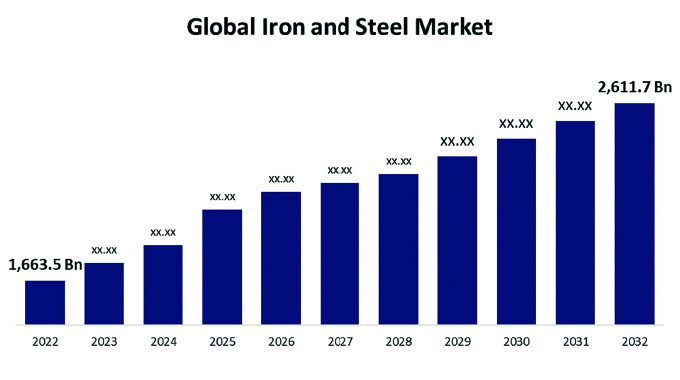‘One-Stop- -Export Shop’ vital for exports: Zimtrade

Zimbabwe must establish a one- stop-export shop to cut red tape and cost of getting permits for companies intending to export goods to foreign markets if the country is to achieve its target of earning US$6 billion by 2023, Parliament heard on Tuesday.
Zimbabwe’s annual exports have for years been stuck below US$5 billion, a trend the country’s trade promotion body, Zimtrade and Government now seek to reverse.
Latest figures from the Reserve Bank of Zimbabwe show that exports amounted to US$4,5 billion in 2019, down three percent from 2018.
Zimtrade chief executive Allan Majuru told the Parliamentary Portfolio Committee on Foreign Affairs and International Trade that companies currently go through numerous Government departments, paying various amounts to get permits required before they can export their goods.
In the process, he said, they have to contend with bottlenecks that have the potential to stop them from venturing outside the country.
“Like what we are doing for investments, we need a one-stop-shop for exports where everything is done under one roof and even electronically to remove the human interface,” he said’
He cited an example where one company needed to go to three Government departments under the same ministry to get export permits for one product.
The Committee, which is chaired by Honourable Kindness Paradza was on a familiarisation tour of Zimtrade.
Majuru said some Government departments were not keen to remove some license requirements as they were a source of cash for them, but in the greater scheme of trade, worked to the detriment of the economy.
Zimtrade has an ambitious target to double the country’s export earnings to US$14 billion by 2030 and contends that broadening of the export base through having more processed goods and venturing into new markets will help in achieving the goal.
In 1992, the United States, United Kingdom and Germany used to be in the top 10 of the country’s export destinations, the bulk of which were processed goods, Majuru said.
But in 2019, 50 percent of exports are going to neighbouring South Africa.
“So if South Africa sneezes we catch a cold, we need to diversify our export basket,” Majuru said.
Worryingly, commodities and raw materials make up 85 percent of Zimbabwe’s exports, with the remainder being manufactured goods and horticulture.
Majuru said there was high demand in the western world for value added agro-produce from the country such as dried fruits, Moringa products, processed avocados’ among others.
This called for a greater push for industrialisation, beneficiation and value addition if the country is to boost export earnings from its exports. -New Ziana.








Comments